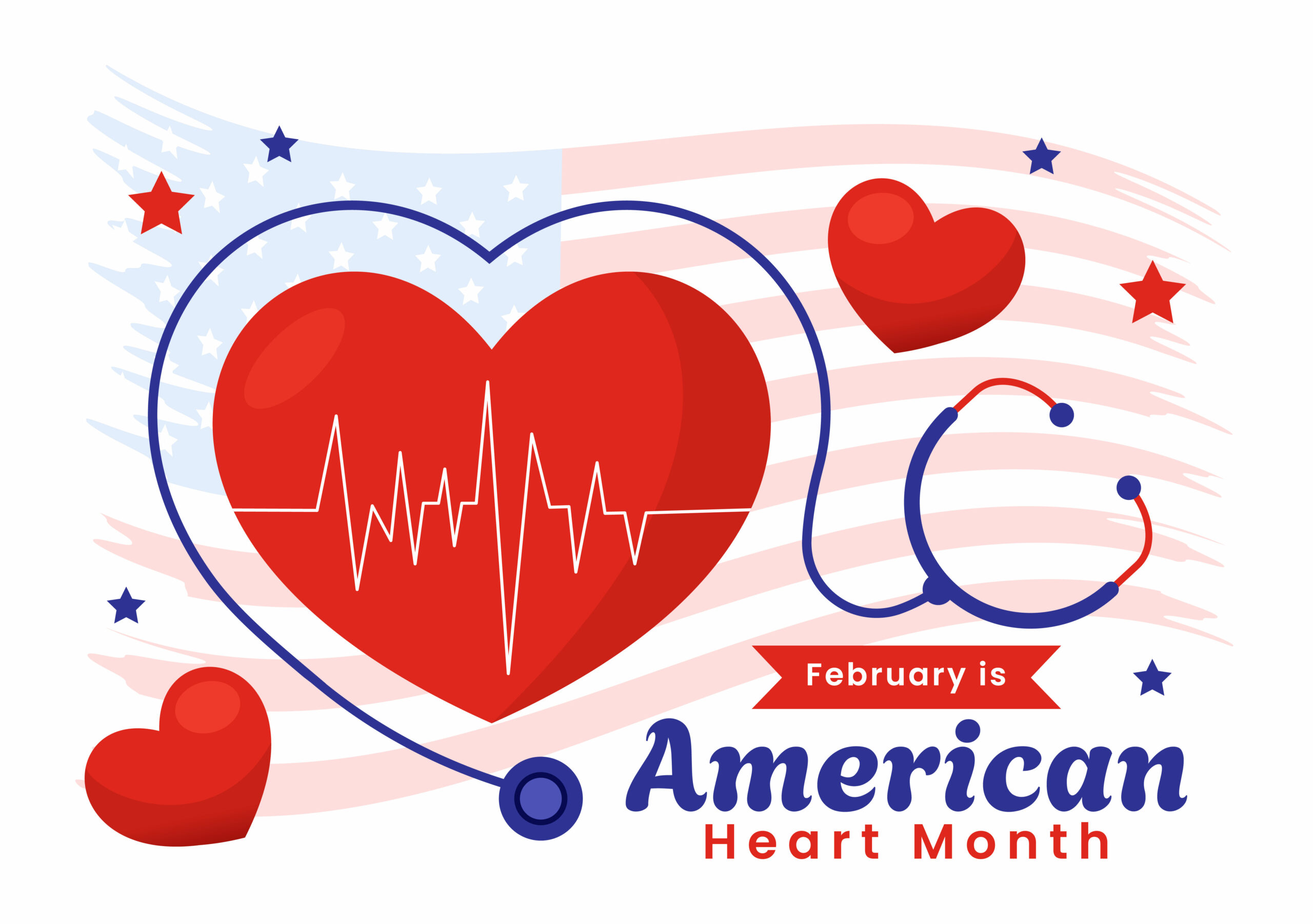
Lowering Lipids During American Heart Month
Master Clinician Series: Free Monthly Webinars
On the first Friday of every month, at 12:00 p.m. ET, Skin, Bones, Hearts & Private Parts offers FREE, 30-minute live Zoom webinars on timely topics and common healthcare challenges, presented by some of the best speakers on our faculty. Called our Master Clinician Series, we offer these webinars to support lifetime learning, share the best of our speakers’ contributions to their specialties, and introduce ourselves to those who haven’t (yet!) attended one of our CME Conferences, in-person or online. While the webinars are non-CME, any nurse practitioner (NP), registered nurse (RN), physician assistant (PA), or physician looking to expand their knowledge will find the half-hour well worth their time.
February Spotlight: Cardiovascular Disease and Lipids
This month, in recognition of American Heart Month and because cardiovascular disease remains a leading cause of mortality in the U.S., we spotlight Margaret Bowers, DNP, FNP-BC, AACC, CHSE, FAANP, FAAN, who presented “Looking to Lower Lipids” as part of our Master Clinician Series in 2024.
Understanding Lipid Management
The Importance of Lowering LDL
Bowers began with the sobering statistic: 25.5% of American adults have elevated LDL (over 130 mg/dl). She emphasized that reducing LDL by 38.7 mg/dl lowers the risk of atherosclerotic cardiovascular disease (ASCVD) by 23%. This underscores the “why” behind primary care management of lipids.
Assessing ASCVD Risk
Understanding an individual’s ASCVD risk level determines how aggressively elevated LDL should be treated. Influencers include:
- Genetics
- Chronic kidney and liver disease
- Hypothyroidism
- Post-menopausal status
Bowers explained various risk assessment tools:
- ASCVD Risk Estimator (commonly used in the U.S.) – Accurate for high-risk groups but less predictive for low-risk groups.
- Framingham Risk Score (Canada)
- SCORE (Europe)
- QRisk (UK) – Includes personal history like kidney disease, atrial fibrillation, diabetes, and family cardiac history.
Addressing Bias in Risk Calculations
Bowers highlighted bias in risk assessments, noting:
- Underestimation of risk: Diverse racial and ethnic groups, lower socioeconomic status, chronic inflammatory diseases.
- Overestimation of risk: Higher socioeconomic status, individuals with access to preventive healthcare services.
Primary Care Management of Lipids
Treatment Options for Elevated LDL
Bowers detailed treatments, starting with maximum tolerated statins and progressing to add-on therapies like ezetimibe and PCSK9 inhibitors for certain patients. She stressed the importance of viewing patients holistically, beyond just age, sex, and LDL numbers.
Medications and Their Impact on LDL
| Class of Medication | LDL Reduction |
|---|---|
| Statin | Reduce LDL by 30–50% |
| Bile Acid Sequestrants | Reduce LDL by 15–30% |
| Ezetimibe | Reduce LDL by 20% |
| PCSK9 Inhibitor | Reduce LDL by 80% |
| siRNA Inhibitor | Reduce LDL by 46–51% |
| ACL Inhibitor | Reduce LDL by 24.6% |
Alternatives for Statin Intolerance
For patients unable to tolerate statins, Bowers discussed newer therapies, including inclisiran and bempedoic acid.
Why New Agents Matter
While statins have long been the foundation of LDL management, Bowers emphasized the importance of understanding new agents that lower LDL through varied mechanisms. These are critical tools in reducing morbidity and mortality.
Learn More
Curious to hear more? Tune into Bowers’ webinar – or explore the Skin, Bones, Hearts & Private Parts’ Master Clinician Series library. It may be the most valuable half-hour you’ll spend all month!
This article is brought to you by Skin, Bones, Hearts & Private Parts, a leading provider of In-Person, Virtual and Online CME for Nurse Practitioners, Registered Nurses, Physician Assistants, and Physicians. Learn more.
